With his cheerful demeanor and iconic ears, Mickey Mouse has been the embodiment of joy for generations. Yet, there have been moments when this beloved Disney character flipped the script, revealing a more sinister side. Let’s delve into the unexpected times Mickey Mouse haunted our dreams by taking on the role of a villain.
Runaway Brain a Terrifying Transformation
In the 1995 film Runaway Brain, we witness a jarring twist to Mickey’s persona. An experiment gone awry leads to a brain swap with a monstrous creature named Julius. The result? Our hero becomes trapped in a giant, menacing form, while his own body is commandeered by Julius’ mind, now sporting wild eyes and sharp teeth. Andreas Deja, an animator on the project, remarked, It’s a kick to do this character that you’ve grown up with…We all wanted to do something a little different with the character, though, a little edgier.
This chilling short film gave us a glimpse at what happens when Mickey’s innate goodness is eclipsed by a darker force.
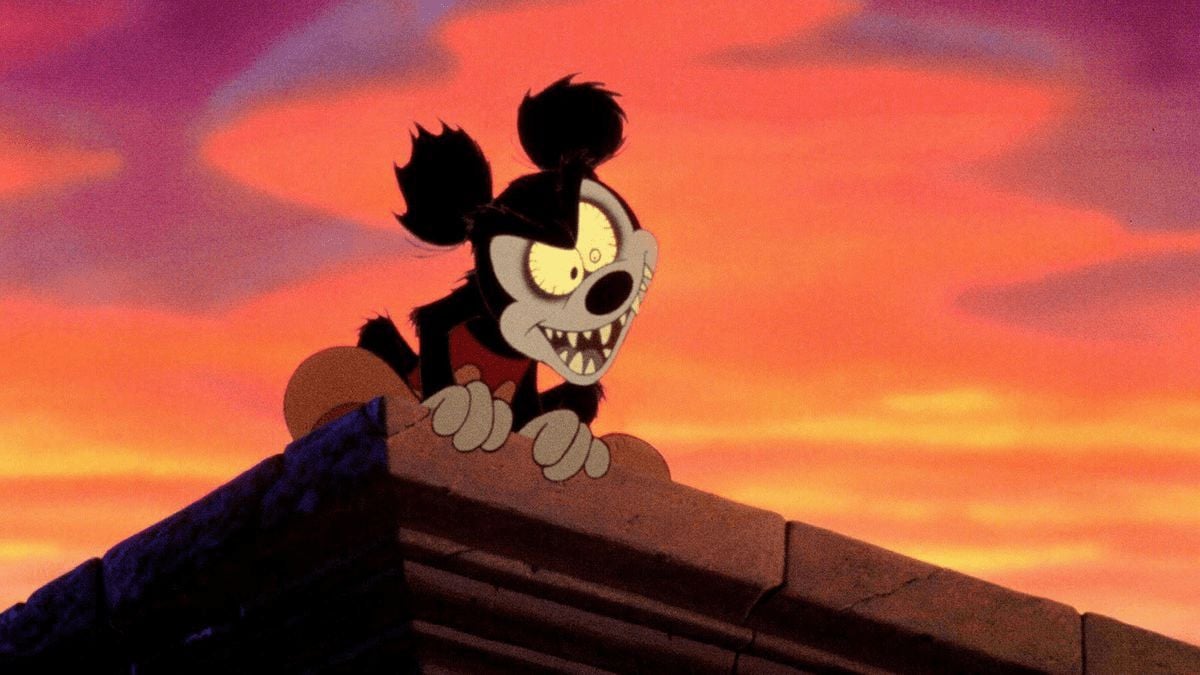
Mickey Faces His Villains in House of Mouse
In the House of Mouse episode titled Mickey’s House of Villains, our favorite mouse finds himself overthrown by some of Disney’s most notorious villains. During Halloween, they lock Mickey and friends away and seize control. This plot twist puts Mickey in an unusual position, highlighting his vulnerability against the very antagonists he usually outsmarts. It’s a clever subversion that adds depth to Mickey’s character and reminds us that even heroes can find themselves outmatched.
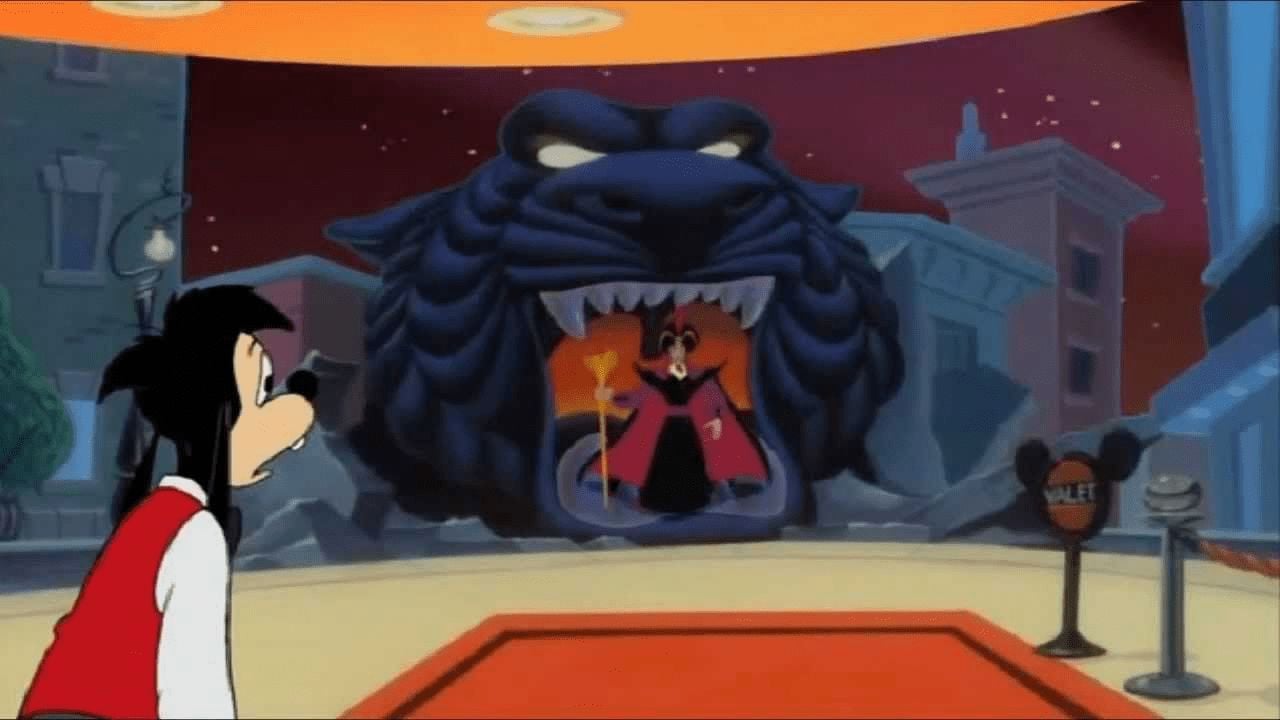

Epic Mickey Unintended Villainy
The video game Epic Mickey presents us with an accidental villain in the form of our beloved mouse. In a world filled with forgotten Disney characters, Mickey accidentally creates chaos with paint thinner. He must use paint and thinner to fix his mistakes—or not—which injects moral ambiguity into his actions. The game’s narrative strength lies in these choices that challenge players to consider the consequences of their hero’s actions.
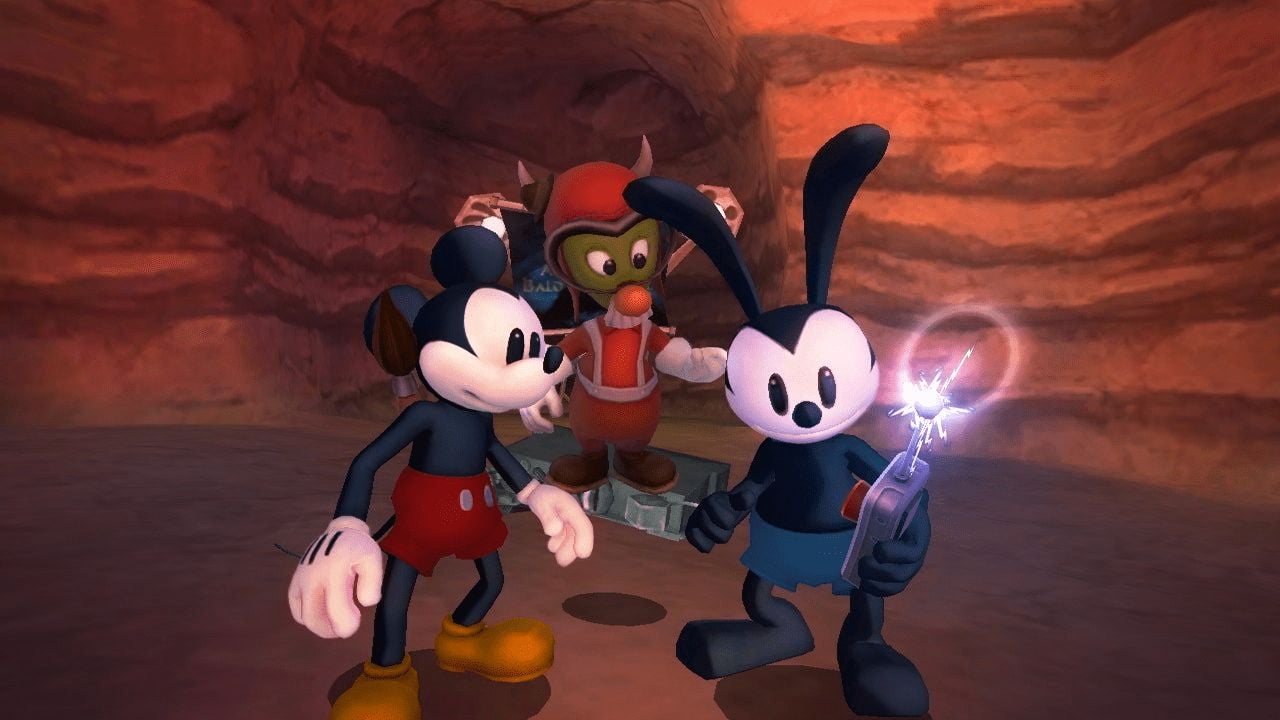

A Mischievous Apprentice in Fantasia
In Fantasia, Mickey as the Sorcerer’s Apprentice showcases his mischievous side when he tampers with magic he doesn’t fully understand. His reckless curiosity leads to chaos, teaching him—and us—a lesson about responsibility. This segment allows Mickey to explore a range of emotions and face the consequences of his actions, providing an early look at his potential for causing trouble.


The Three Musketeers and Mind Control
In Mickey, Donald, Goofy: The Three Musketeers, we see an unusual scene where Mickey is subjected to brainwashing. This manipulation turns him against his will, offering viewers a rare sight—a villainous Mickey Mouse. While it may not align with his usual heroic image, it adds an intriguing layer to his character arc.
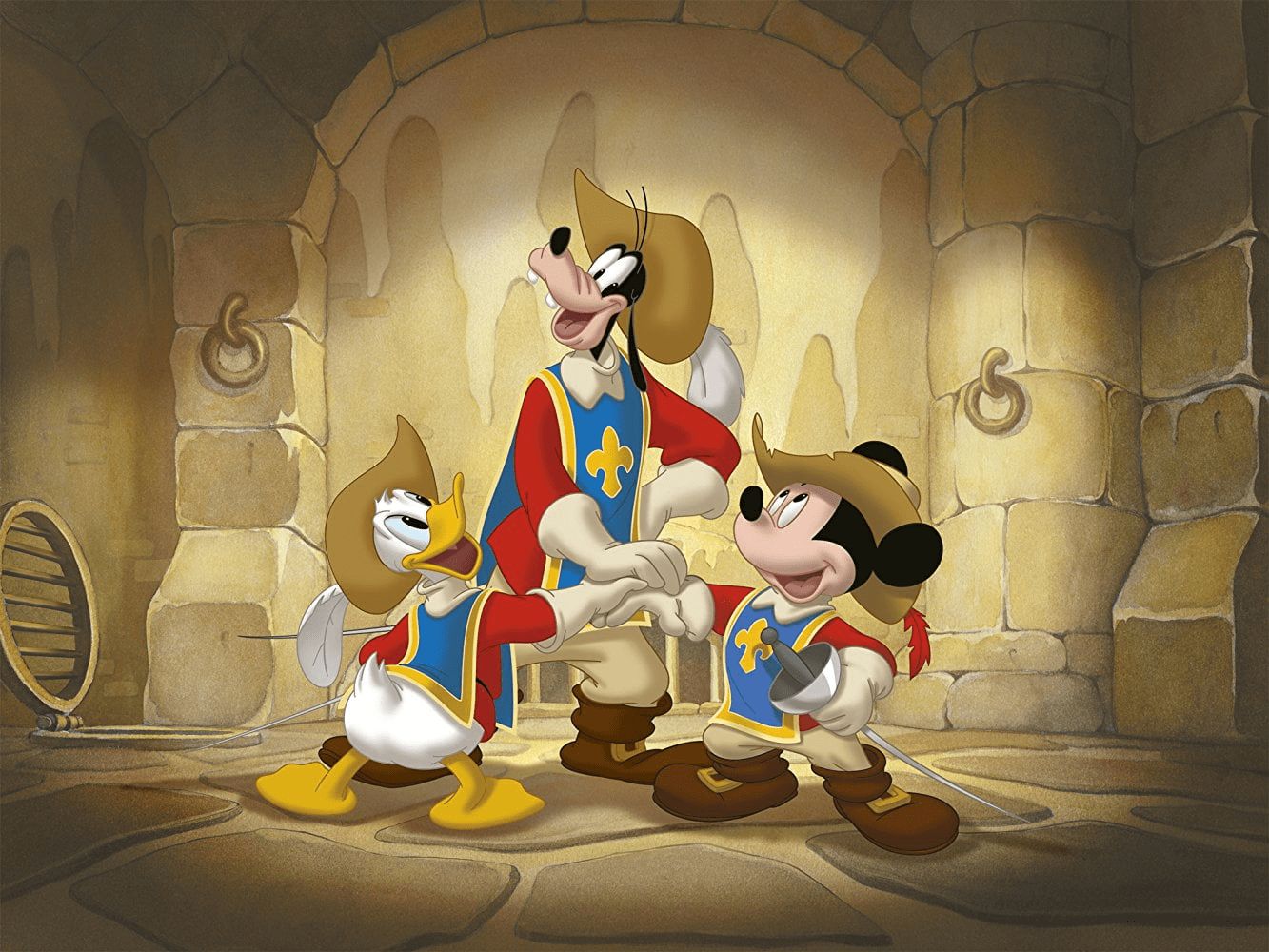

Mystery in the Clubhouse
The episode titled Mickey’s Mystery! from Mickey Mouse Clubhouse casts our protagonist in a different light. A mysterious structure appears in the rainforest, prompting Mickey and friends to embark on an adventure filled with enigmas and surprises. It’s episodes like these that offer fans a chance to see different facets of Mickey’s character as he navigates through suspenseful twists.
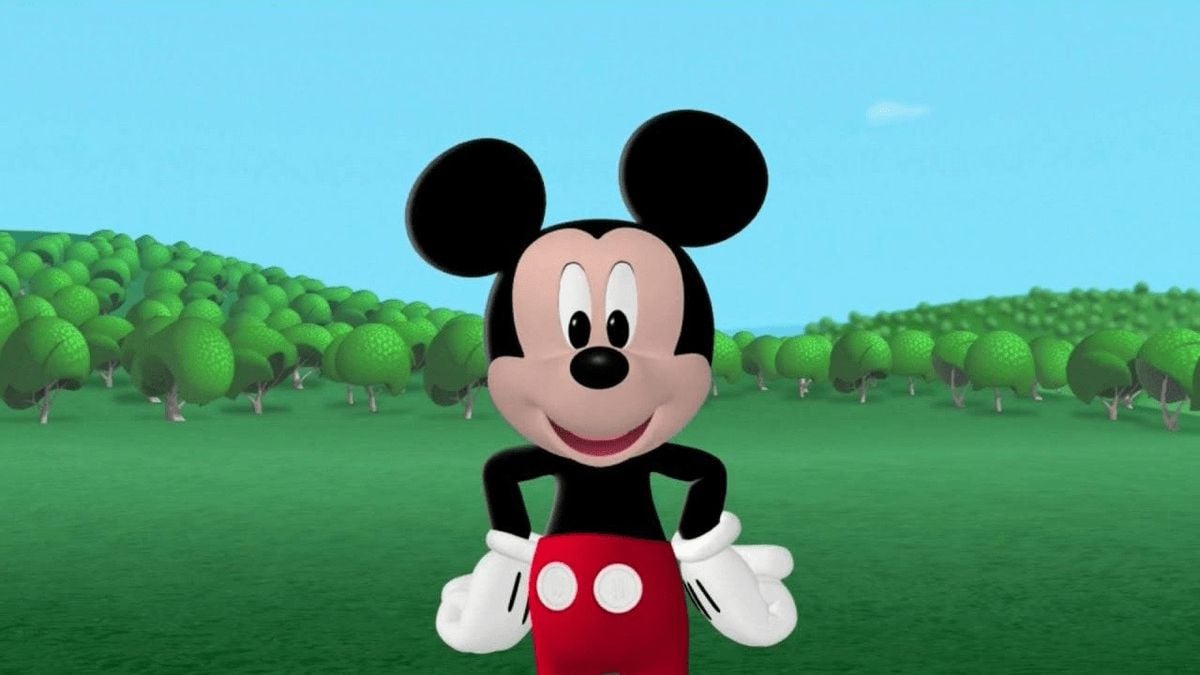

A Corporate Tyrant in South Park
The satirical show South Park takes liberties with its depiction of popular icons, and their portrayal of Mickey Mouse is no exception. In the episode The Ring, he becomes a corporate villain—a stark contrast from his usual lovable persona. This version of Mickey is ruthless and cunning, reflecting commentary on corporate greed rather than any inherent malice within the character himself.


The Moral Ambiguity of King Mickey
In the Kingdom Hearts series, King Mickey often battles forces of darkness as a Keyblade Master. However, his journey reveals that light and darkness are interdependent, adding complexity to his role as both hero and wielder of significant power. His actions throughout the series blur moral lines and deepen our understanding of his character beyond mere good versus evil.
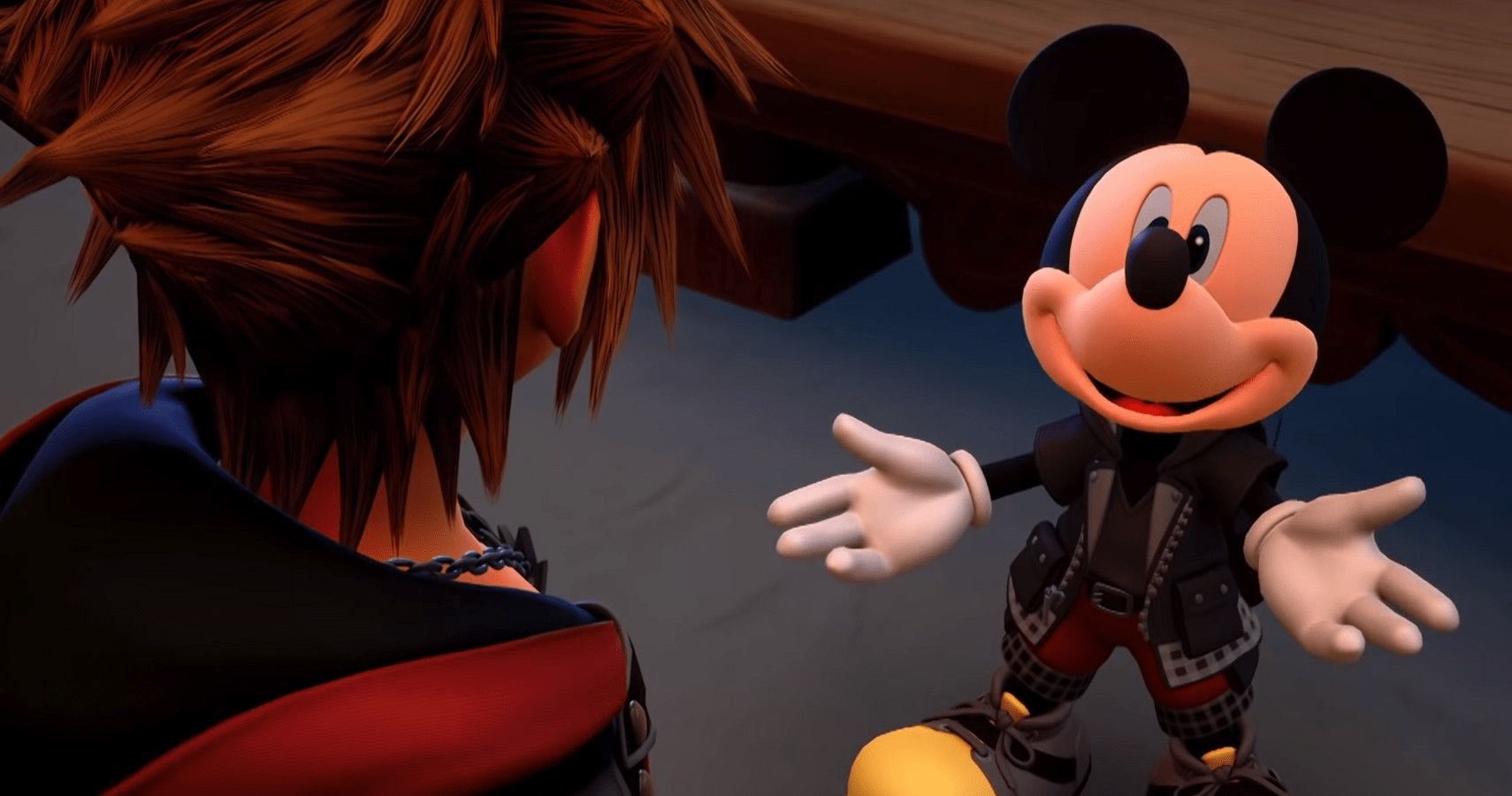

To conclude, these instances where Mickey Mouse steps into a villain’s shoes—whether intentionally or not—highlight the versatility and complexity of his character. They remind us that even symbols of happiness can explore their shadows, enriching their legacies with layers we might never have expected.

